Phosphine in Venus’ atmosphere
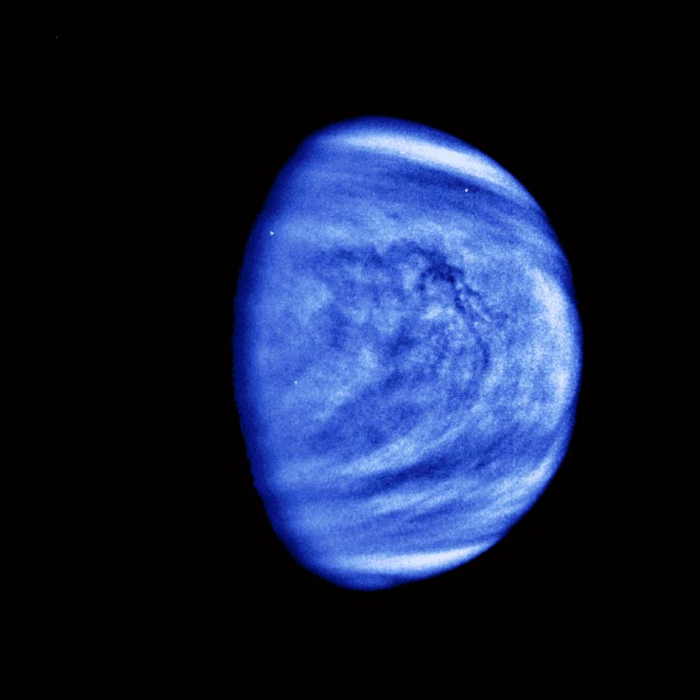
Although astronomer Carl Sagan proposed the idea that life could exist in the atmosphere of our planetary neighbor Venus in 1967, there had never been much evidence of it. Although a probe found methane on the planet in 1978, Sagan himself was doubtful the discovery definitively pointed to life. But this past September, a team of researchers led by Jane Greaves, an astrobiologist at Cardiff University, published a study reporting that they had detected the chemical phosphine in the atmosphere of Venus. As far as scientists know, you need something living in order to produce any significant amount of phosphine, making the chemical’s detection a compelling argument for the possibility of life in Venus’ atmosphere. The researchers also note the phosphine could be produced some other way that hasn’t been discovered yet.
But some other scientists are doubtful. Greaves’ team used data from two different radio telescopes to make the discovery — the James Clerk Maxwell Telescope (JCMT) in Hawaii and the Atacama Large Millimeter Array (ALMA) in Chile. The telescopes collected data on how microwaves bounce off different chemicals in patterns called spectra, which scientists can use to identify chemicals like those in Venus’ atmosphere. One team of scientists analyzed the same spectra that Greaves’ team looked at and found no evidence of phosphine. Greaves' team also re-analyzed their own data and found an error in processing the ALMA data, leading them to conclude that while there still seems to be phosphine in Venus’ atmosphere, it exists at much lower levels than they had thought. Ultimately, Greaves’ team concluded that the detection was “tentative.” So while the idea of life on Venus isn’t dead, it’s a little less alive than it was in September.
Chang’e 5 returns to and samples the moon

Meanwhile, the Chinese National Space Administration is aiming to learn more about another one of Earth’s neighbor’s — the moon. Their Chang’e 5 mission successfully employed a robotic spacecraft to sample the moon’s surface, which arrived back on Earth earlier this month. The spacecraft is made of four parts that enable it to perform a series of separate maneuvers: landing, launching the sample into space, making the journey back to Earth, and finally catapulting it back into the Earth’s atmosphere. It initially was launched in November, touched down on the moon on Dec.1, and returned to Earth on Dec.16. This is the first time since the Soviet Union’s Luna 24 mission in 1974 that a mission has returned a sample of the moon back to our planet.
Chang’e 5 is part of the larger Chinese Lunar Exploration Project, or the Chang’e Project, named for the Chinese goddess of the moon. This was actually the program’s third landing on the moon since 2013: They landed a rover, called Yutu, with the Chang’e 3 spacecraft in 2013, and Chang’e 4 became the first ever spacecraft to land on the far side of the moon last year. China’s lunar project is made up of four stages, ranging from the first stage of simply orbiting the moon, which the Chang’e 1 mission did in 2007, all the way to the eventual fourth stage, which involves establishing a robotic research base on the moon. Collecting lunar samples is part of the project’s third phase, and will also be completed by a future mission, Chang’e 6.
OSIRIS-REx samples an asteroid
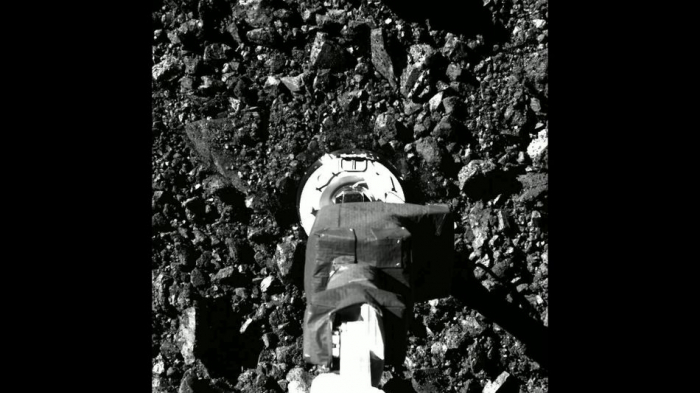
Another sample, which is currently headed back to Earth, came from a newer target — an asteroid. In October, NASA’s OSIRIS-REx mission sampled the asteroid Bennu, a space rock no larger than the Empire State Building, and sent its sample speeding back towards Earth. Scientists chose Bennu not only because it's fairly close to Earth, but because it’s made of largely unchanged material from the early days of the solar system. It's also very dark, meaning it's rich in carbon, one of the building blocks of life. Scientists hope that analyzing the sample will give them a look into the past.
The mission seems to be successful so far, but it hasn’t been without hiccups. Scientists expected Bennu to be sandy and mostly flat, but that’s not at all what they found. Bennu’s surface is extremely rocky, covered with huge builders and not a lot of sand. Scientists had to be extremely careful to choose a sampling site where boulders wouldn’t damage the spacecraft or interfere with the sampling process. And although the area they chose eventually led to successful sampling, they collected so much that some large bits wedged open the container’s lid, causing the sample to start to leak into space. Scientists had to order the spacecraft to seal the sample inside the return capsule more quickly than planned, and now it’s safely on its way back to Earth. We still have a while to wait, though, since the sample won’t return to Earth until 2023.
Hayabusa2 asteroid sample falls back to Earth

OSIRIS-REx isn’t the first mission to sample an asteroid, though. In fact, it will be the third mission to return an asteroid sample to Earth. The two Hayabusa missions run by the Japanese Aerospace Exploration Agency (Hayabusa means “peregrine falcon” in Japanese) were the first to sample asteroids, with Hayabusa returning its sample in 2010. Ten years later, Hayabusa2 returned the second ever asteroid sample to Earth on Dec. 6.
The Hayabusa2 mission sampled the asteroid Ryugu, a small asteroid similar in many ways to Bennu. But unlike OSIRIS-REx, this mission did more than just sample the asteroid’s surface. The Hayabusa2 spacecraft carried four small rovers to Ryugu, which used a unique method to “hop” around the asteroid. Two of them sent back photographs, video, and temperature data, while a third included more complicated instruments that collected data on the asteroid's composition. The fourth rover sent back data on Ryugu’s gravity. The capsule containing samples of the asteroid re-entered the Earth's atmosphere and was recovered safely from the Australian outback on Dec 6. The main part of the spacecraft, which is separate from the sample capsule, has already left for its next destination: another asteroid that will take 11 years to travel to.
First direct evidence of intermediate-mass black holes

Small objects like asteroids may be in the spotlight this year, but that doesn’t mean astronomers have forgotten about all extremely massive objects. Take supermassive black holes, which are millions or even billions of times the mass of our sun. Scientists think that supermassive black holes exist in the center of nearly all galaxies. But despite how seemingly common they are, no one's quite sure how they form. Most black holes, called stellar black holes, form when particularly large stars collapse in on themselves, but even the largest stars couldn’t come close to forming something this huge.
One way these colossal black holes could form is several black holes from a mid-sized category — an intermediate-mass black hole — merging together in the center of a galaxy. Up until now, there had only ever been indirect evidence that intermediate-mass black holes exist. But this past September, collaborators from the Laser Interferometer Gravitational-Wave Observatory (LIGO) and the Virgo interferometer observatory published a paper chronicling an unusual detection of gravitational waves, which they think came from the merging of two stellar black holes. Once merged, these two black holes would be large enough to make an intermediate-mass black hole, the first ever directly observed. The waves, which were extremely strong and lasted only a tenth of a second, came from a source 7 billion light years away. LIGO and Virgo both use a system of lasers to detect gravitational waves, which are ripples in space-time, the “fabric” of the universe.
Damaged Arecibo radio telescope collapses
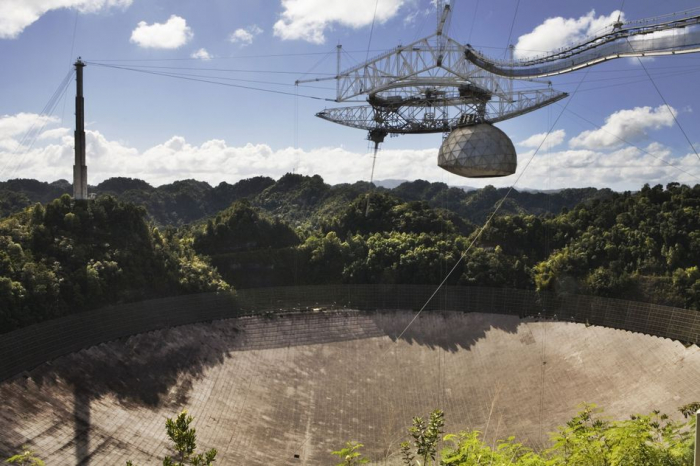
The Arecibo Telescope, a radio telescope in Puerto Rico that was the second-largest in the world, has long been a major tool in astronomy research. It was used by NASA to detect near-Earth objects, including the asteroid Bennu in advance of the OSIRIS-REx mission, to pick landing sites for the Apollo missions and for the Viking Mars landers, and by countless researchers. The telescope consisted of a single inverted dome with instruments suspended by cable above it. Two of those cables broke this year, one slipping out its socket in August and a second, main cable snapping in November. After the breaks, the National Science Foundation had announced that the telescope couldn’t be repaired safely and would be demolished. Before that could happen, the telescope's remaining cables also broke, causing the hanging instruments to come crashing down onto the telescope’s dome.
Although the collapse may not have changed Arecibo’s fate, it was still heartbreaking. Built in 1963, it was once the largest single-dish radio telescope in the world. Arecibo as well as the two telescopes used to detect phosphine in Venus’ atmosphere, ALMA and JCMT, are all radio telescopes: They detect microwaves and radio waves that are extremely low-energy. Radio telescopes like Arecibo can detect a huge variety of weak signals, from close-by objects like asteroids to extremely distant signals, like the cosmic microwave background from the very beginning of the universe. The telescope had suffered from decreased funding, and been damaged in recent years by storms like Hurricane Maria in 2017 and an earthquake in 2014. It was also a cultural icon in Puerto Rico; some have likened its loss to New York City losing the Empire State Building. For both research and culture, Arecibo’s loss is devastating and will be felt for years to come.
NASA and SpaceX launch first commercial spacecraft
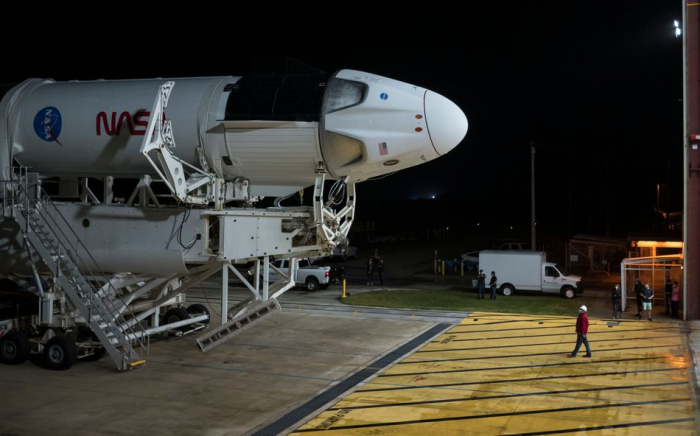
This past year, the company SpaceX built a spacecraft, called the Crew Dragon, which it launched on May 30 from Earth with SpaceX’s Falcon 9 rocket. The spacecraft transported NASA astronauts Douglas Hurley and Robert Behnken to the International Space Station. The mission, which was a test of the new spacecraft, was the first ever commercial spacecraft to take humans to space, and it’s also the first time since 2011, when NASA’s space shuttle program ended, that any astronauts were launched into space from the United States. The first operational, non-test flight of a different Crew Dragon spacecraft also occurred this past November, when the spacecraft took four astronauts, three American and one Japanese, to the ISS. While the May flight was primarily a test, November's allowed the four astronauts it carried to join another NASA astronaut and two Russian cosmonauts in Expedition 64, an ISS mission conducting scientific research related to future human spaceflight. Between the space shuttle program’s end in 2011 and now, NASA astronauts had to rely on Russian Soyuz rockets to get to the ISS. NASA is also working with Boeing to develop another commercial spacecraft.
NASA has worked with private companies many times before, contracting them to build components and working closely with them. Uncrewed commercial spacecraft have even made cargo deliveries to the ISS. But this time was different. The agency was truly relying on commercial industry for every part of the process to develop and build a spacecraft that would send people into space. NASA’s work with SpaceX and Boeing is part of its Commercial Crew Program, which seeks reliable, safe, and cost-effective ways to enable NASA to launch astronauts into space from the U.S. President Trump has tried to take credit for bringing space flight back to the U.S., but NASA actually started the Commercial Crew Program in 2010 under the administration of President Barack Obama.
Mars 2020 Missions
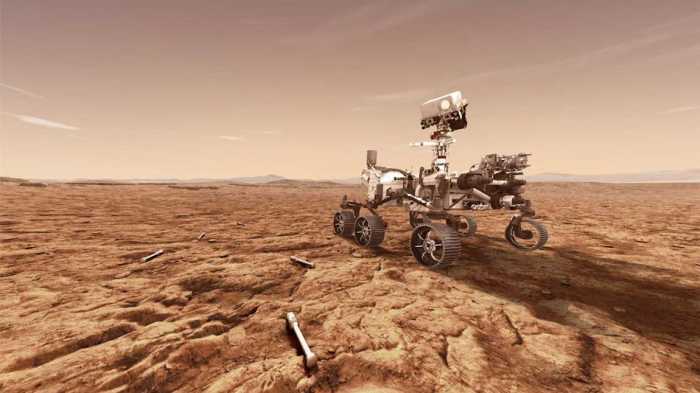
Maybe the most high-profile NASA mission this year was its Mars 2020 Mission, which includes the Perseverance rover and the Ingenuity helicopter drone and is part of NASA’s larger Mars Exploration Program. But there were actually two other Mars missions this year: the Hope Mars Mission from the United Arab Emirates and the Chinese National Space Administration’s Tianwen-1. The Hope mission includes only an orbiter, while Tianwen-1 includes both an orbiter and a large rover the size of a small golf cart. All three missions launched in July and are expected to reach Mars in February of 2021.
The missions should reveal a whole host of new information about Mars. NASA’s Perseverance rover, with assistance from Ingenuity, will investigate Jezero Crater (an ancient lakebed thought to be a prime location for past Martian life) and collect samples for future missions to return to Earth. It will also record the first sounds from Mars, which researchers expect to be somewhat Earth-like. The Hope orbiter, meanwhile, will collect information about Mars’ atmosphere, helping researchers better understand how a once warm, wet planet became cold and harsh. The aims of Tianwen-1, on the other hand, are unclear — Chinese officials haven’t let on much about the goals their mission, but their rover contains a range of complex instruments that will allow them to get a detailed look at the Martian environment, including its magnetic field, the composition of its rocks, and any underground water. Between the three missions, we soon may know far more about our red planetary neighbor.


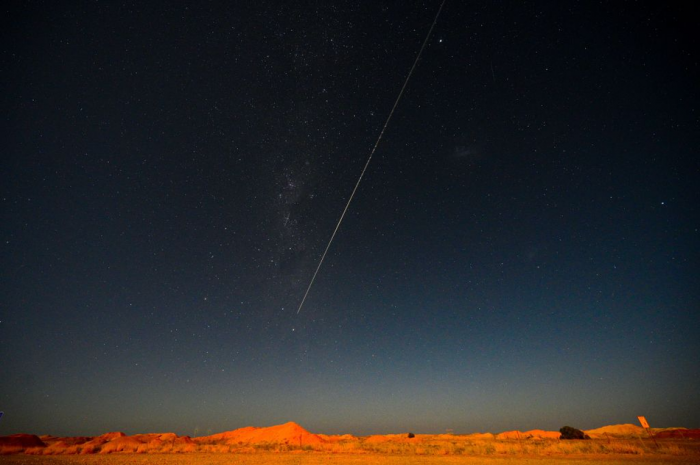


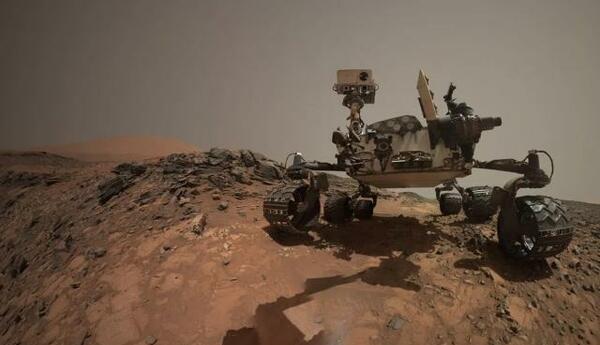





















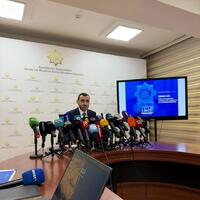



 USD
USD
 EUR
EUR
 GBP
GBP RUB
RUB